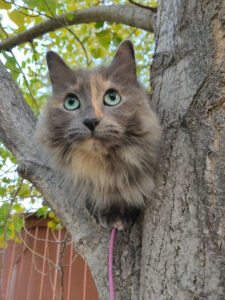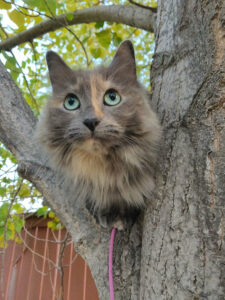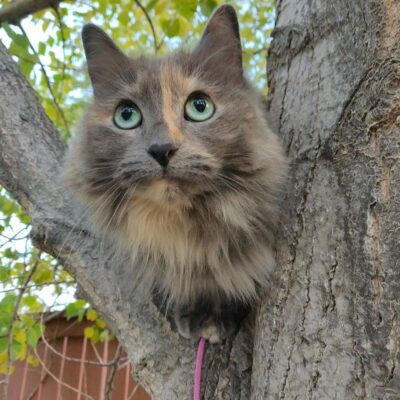
TinyJPG vs. Squoosh
TinyJPG (TinyPNG) has certainly built up a huge following of users, including myself, that like their service but there are a large number of options available for image compression. When I started this series of posts I have to admit I did not expect it to continue on, but it has become clear to me that it could be a while before this series is concluded.
Here is our test image for today. Another cat image. I might have to switch to something beside cat images soon, I only have so many. It comes in at 2.5 MB for the original image. 
TinyJPG does a good job of shaving 77% off of the original image taking it down to 582.3 KB. 
Squoosh is interesting, first because it is another open source project like Caesium Image Compressor. That means if you want you can head over the the Squoosh Github repository and download the code and run your own copy of the compressor. The other interesting thing about Squoosh is when you add an image to it to compress it does it all in the browser. No uploading to another server like TinyJPG. The image never leaves your computer.
Squoosh also offers some basic settings that you can adjust to improve the final output. For this test I did not play around with the resize or reduce palette options and only used the MozJPEG option for compression. I did adjust the quality setting though from the default of 75 up to 80, then down to a quality of 70 and 60 to be consistent with how I did the Caesium Image Compressor test.
Here are the results.
- Quality 80: The final image was 68% smaller coming in at 805 KB.
- Quality 70: The final image was 78% smaller coming in at 539 KB.
- Quality 60: The final image was 83% smaller coming in at 431 KB.
Looks to me like TinyJPG (TinyPNG) once again comes out the loser in this competition, mainly because it has no option to adjust the quality of the final output. Yes TinyJPG is ok but when you adjust the output quality in Squoosh just little bit down to 60 you get a considerably smaller file, and in this race the smallest file size wins. Even looking on my 5K Mac I cannot tell the difference between the 80 quality and the 60 quality, perhaps more of an image expert can, but can regular readers? Plus I really like the fact that Squoosh runs in the browser, does not upload anything and if I really wanted to do this all locally I could install my own version.
Congratulations to Squoosh for taking this round. TinyJPG is starting to fall behind to their competition.


